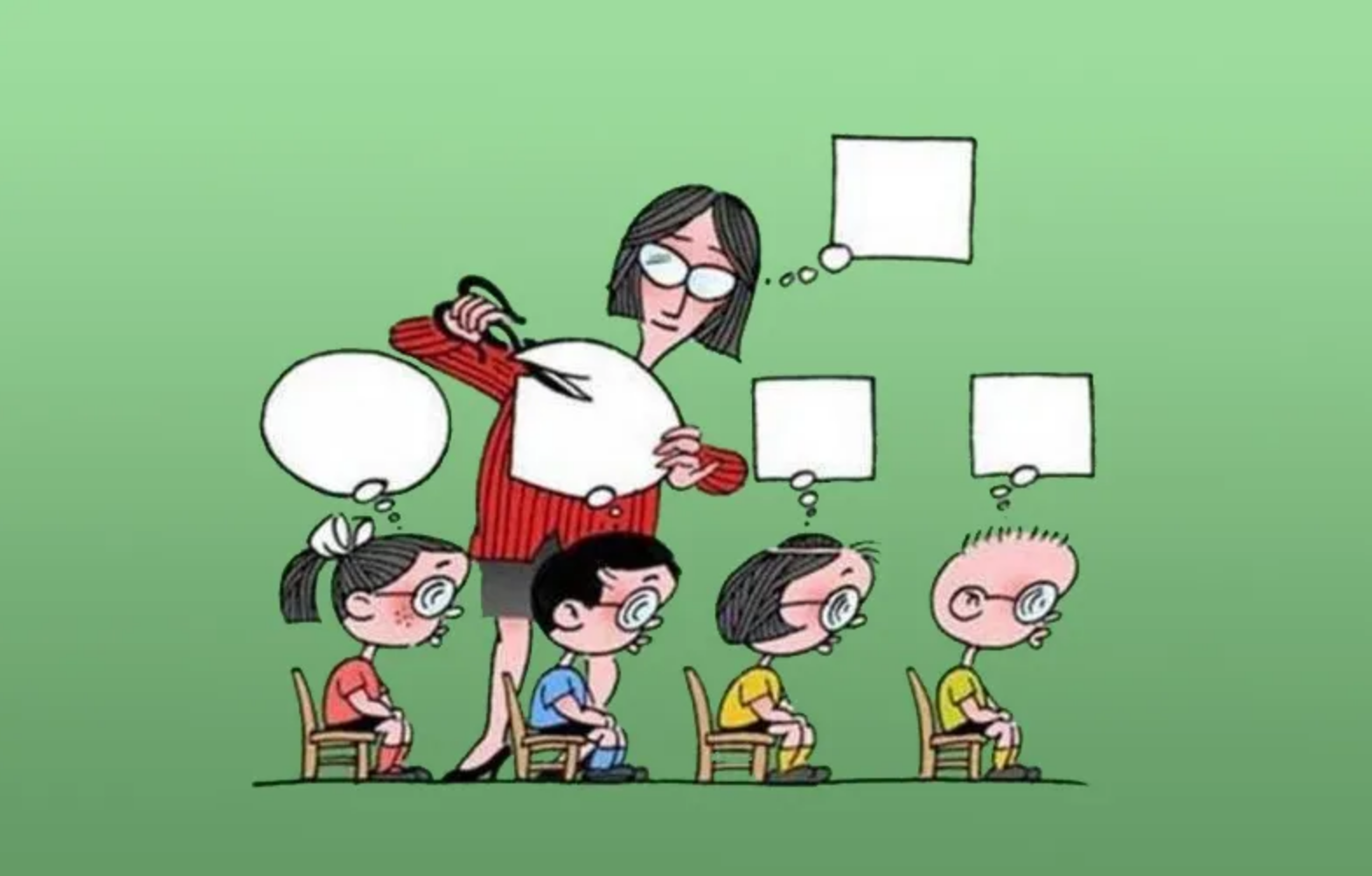Rites of Passage – Column by Mark Martinez
“How do I know when I’m a man?” asks 14-year-old Brick Heck in the hit television show The Middle.
This episode begins when Brick returns from his Jewish friend’s Bar Mitzvah. He’s mesmerized by the ceremony of it as a transition point in a young person’s life.
“Here’s what I don’t get … Josh Goldstein is several inches shorter and a whole year younger than me and he’s a man now and I’m not? I don’t get it.”
“That’s just how it is in Josh’s culture. That’s what they do,” replies Brick’s mom.
“Do we have something like that in our culture?” replies Brick.
“We’re Protestants. We just try to obey the commandments and keep our heads down,” chimes in Brick’s dad. And so the episode titled “The Man Hunt” begins.
When does a boy become a man in our Western Christian culture? When does a girl become a woman? In addition to the Jewish Bar and Bat Mitzvah for their sons and daughters, there are other rites of passage that are prevalent in other world cultures, including the Hispanic Quinceanera, the Amish Rumspringa, the Japanese Seijin-no-Hi, and the Apache Sunrise Ceremony, just to name a few.
It seems the Western Christian has abdicated this necessary coming of age demarcation point at such a crucial time in a young person’s life. So what does the “culture” offer as an alternative to fill that vacuum? Is it when one takes their first smoke or vape? Is it when they drink alcohol or get drunk for the first time? How about being jumped into a gang, getting their first job, their driver’s license, or losing their virginity? The false offerings of culture rarely lead a young person down a good path.
In young Brick’s struggle to identify his manhood transition, he rides along with his father to work to hear what the other men have to say about when they think they became a man. One believes it may have been when he rescued his brother from a burning house. Another offers when he left home at the age of 14 to get out from under “the tyranny of the man.” Brick’s own dad believes it may have been at age 16, when his own mother died, and he had to grow up fast. Yet another stated he lost his scouting badges sash as a youth and, as a result, is still not sure if he’s a man today.
As Christians, we shouldn’t struggle with this answer. It’s contained directly in the scripture. God tells us when this is, and we should stop failing to recognize this golden nugget that He offers us.
Think about it. What stages of life do we know about the humanity of Jesus? The answer is there are three:
- His birth.
- His ministry years (age 30-33).
- When he was 12 years old (Luke 2:41-52).
Why age 12? Why not age 4, or 10, or 16, or 21, or 27? When was the last time you heard a sermon about this section of scripture and its application to our lives today? This lack of instruction is, in part, why our youth culture today is in the condition that it’s in – rebelliousness, substance abuse, depression, entitlement, teen pregnancy, disrespect, and more.
This column will be about taking on the topic of rites of passage for our sons and daughters. We will share concepts and principles for parent and teen alike. We hope that this column and future editions will be read together between parent and teen. In our next edition, we will address the topic of Jesus at age 12, and perhaps why God placed that in scripture for us.







